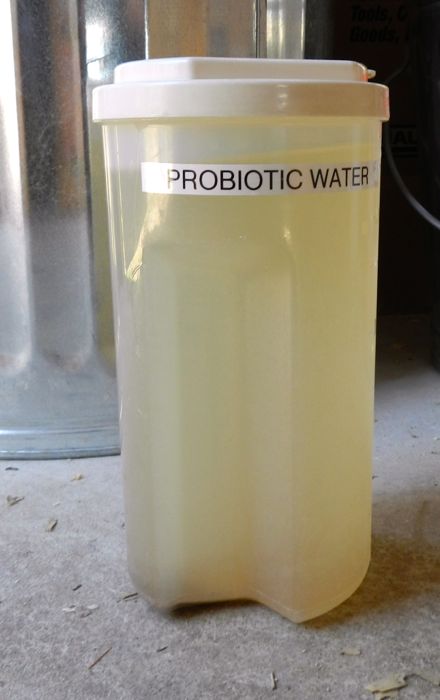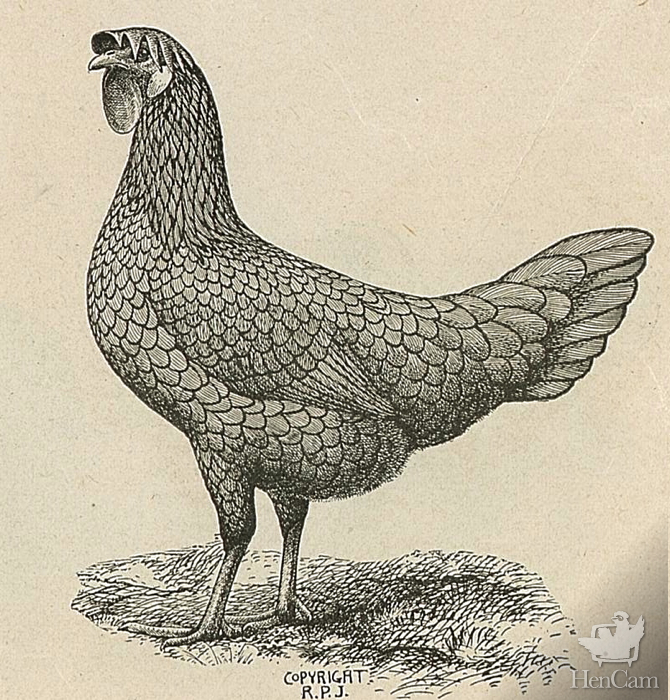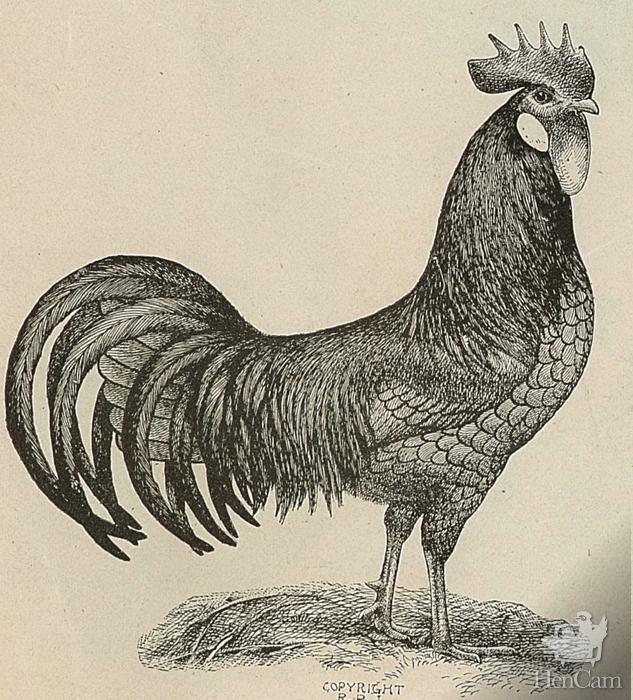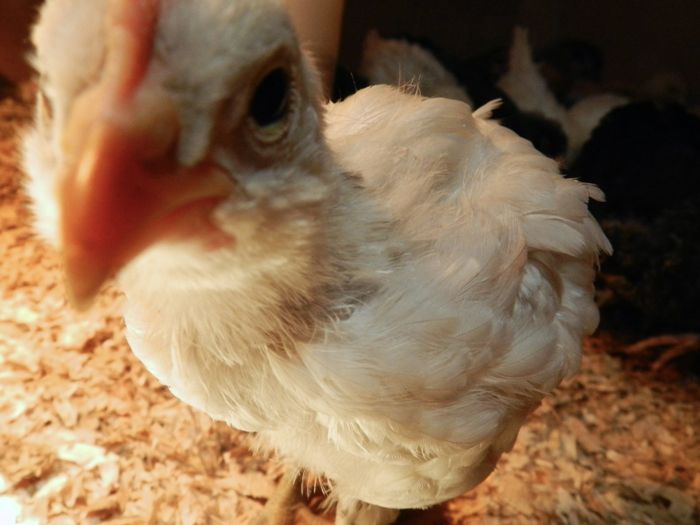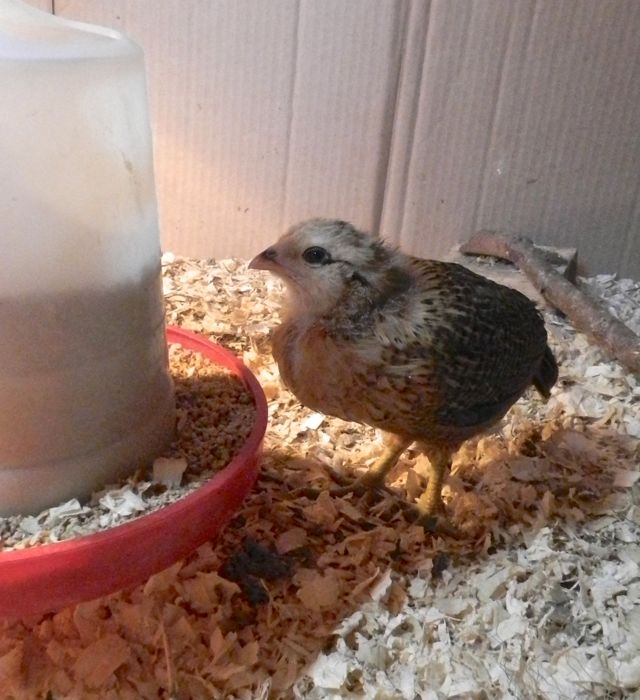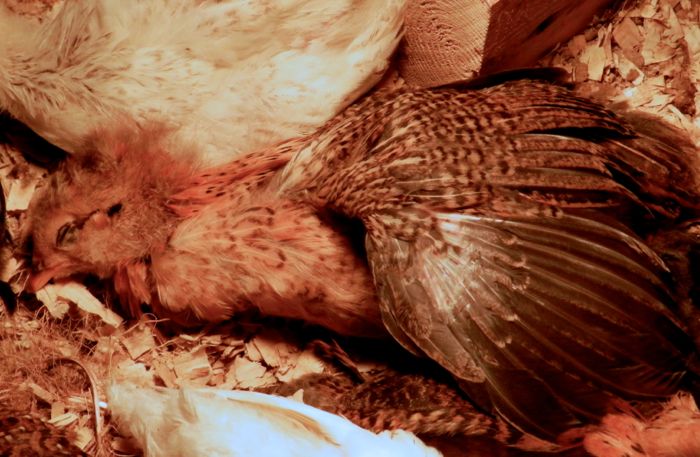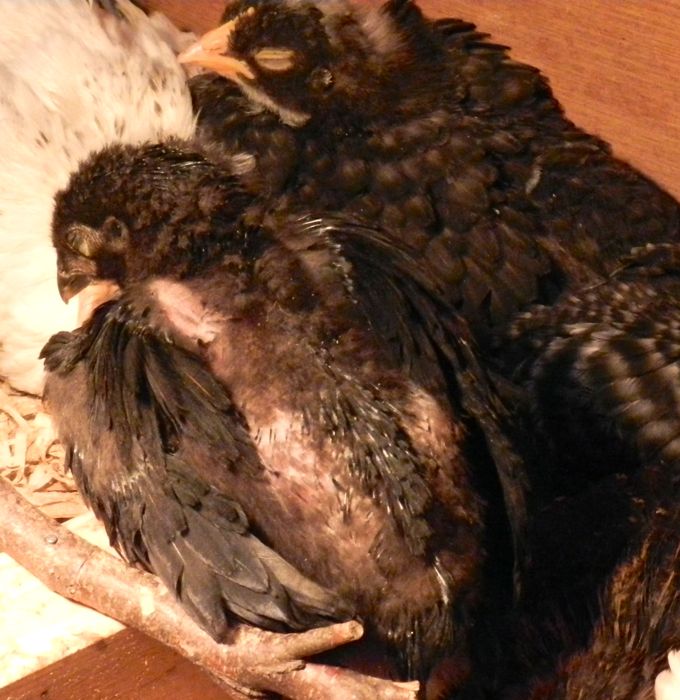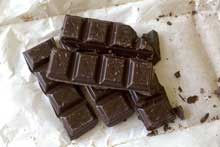Along with providing food and water, there are two other things to offer your chicks that will greatly improve their vitality: grit and probiotics.
Chickens, like all birds, do not have teeth. They don’t chew. Rather, they swallow food whole. Their digestive tracts are designed to deal with this. Specifically, a chicken has a gizzard, which is an exceptionally strong muscular pouch that grinds up food. The gizzard does this with the help of small rocks that the chicken swallows. Even if your hens free-range, it’s unlikely that they can find just the right pebbles for their gizzard. Certainly chicks, in a cleanly bedded brooder, don’t have access to what their gizzards need to function properly. That’s why they need you to provide grit.
You can buy a bag of grit at the feed store or online. Basically, it’s ground up granite. Chick grit is finer than chicken grit. It might seem crazy to spend $10 on a bag of pebbles, but it is essential to the health of your new flock. This is not a new idea. I have a catalog from 1919 that offers bags of chick grit for sale.
The first day that the chicks arrive, make sure that they are eating their feed ration. Then, introduce the grit (if the grit is given first, they might overload on it.) I prefer a dispenser because it is less wasteful than spreading the grit on the ground, and I can see clearly when it requires replenishing. The chicks know what they need and will eat the right amount. In the first two weeks my 26 chicks consumed all of the grit in this container!
The other supplement that I provide my chicks are probiotics. Everyone’s intestinal tract has both good and bad bacteria in residence. When the balance is off animals don’t thrive and can sicken. You can provide your chicks with the right microorganisms by adding a product like Gro2Max to the drinking water. I did this consistently for the first two weeks. It doesn’t hurt to give it all the time, but I don’t, simply out of convenience. The chicks go through a lot of water and often make a mess. There are times when I do a quick clean up and refill from the outside faucet instead of bothering with water prepared with probiotics (which has to be mixed in advance and replenished daily.)
It’s better to have clean water than leave the fount dirty. A couple of times a week I fill the waterer with the Gro-2-Max laced water, which is enough to get the benefits of the product.
My chicks are strong, healthy, and active, due in no small part to providing them with grit and probiotics.

